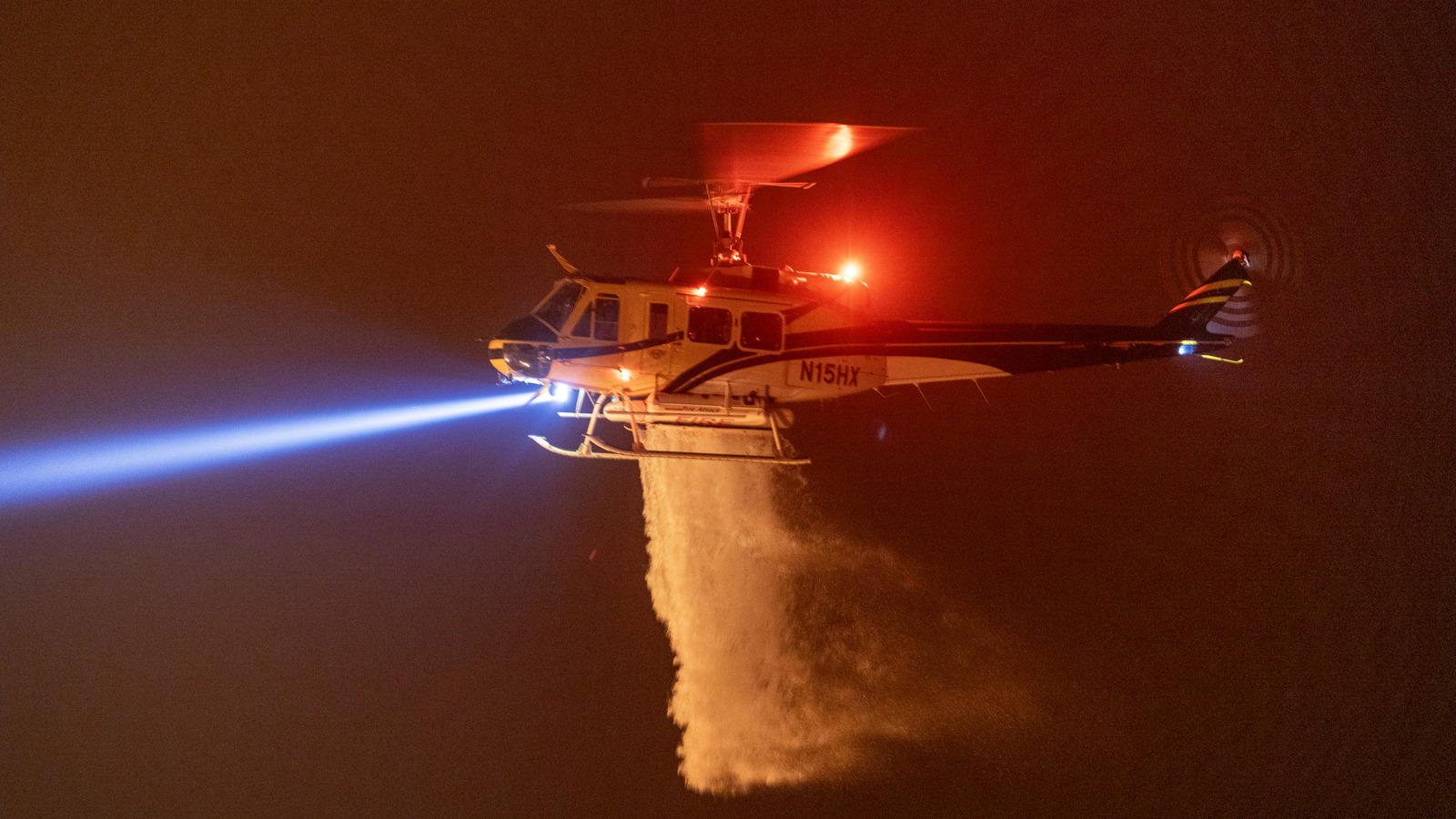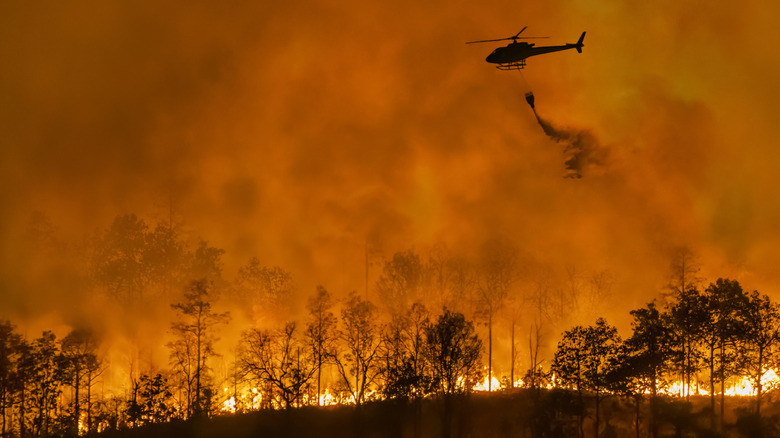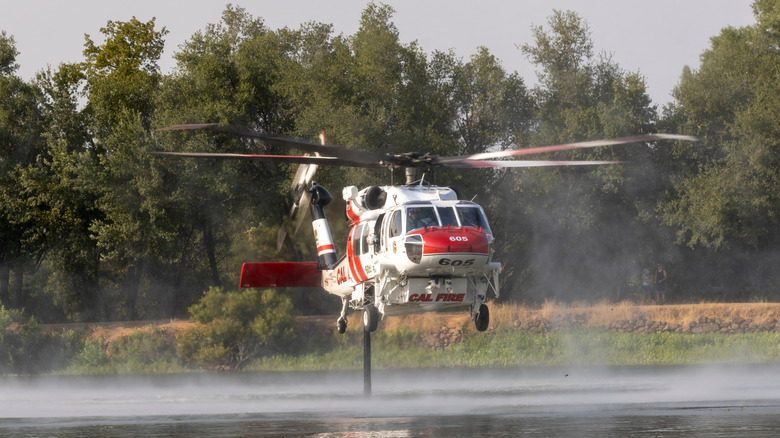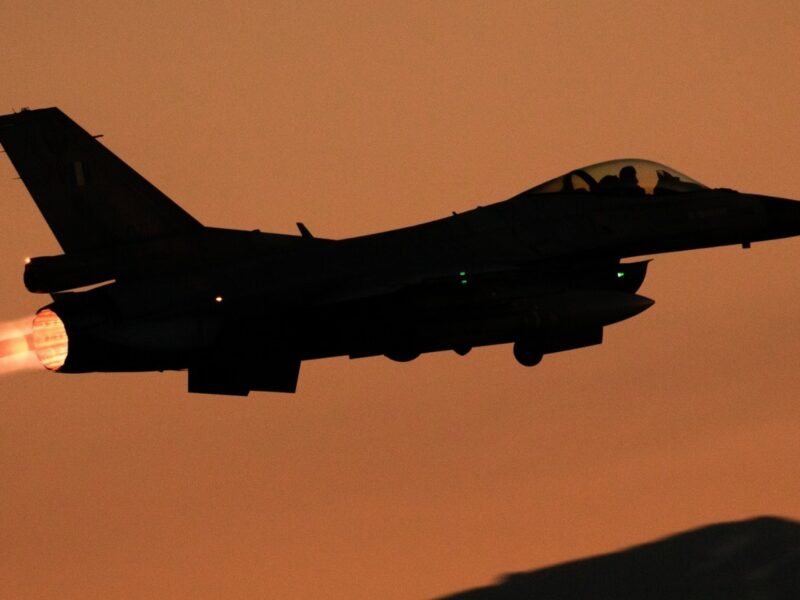&# 13;
&# 13;
&# 13;
&# 13;
&# 13;
While wildfires are fairly common in The golden state, it is currently reeling under the impacts of among the most awful wildfire occasions ever to hit the state. More than 5, 000 acres of land have actually been eaten by the Palisades fire, the largest of the three significant fires influencing the area. The various other 2 wildfire events– the Eaton Fire (influencing 2, 000 acres) and the Hurst Fire (500 acres) have also created prevalent devastation.
Promotion
Several agencies are working to contain these wildfires, of which one of the most notable include the California Division of Forestry and Fire Protection (Cal Fire) and the National Interagency Fire Center, both of which have a devoted fleet of airplane joining wildfire objectives. These firms operate a large fleet of aircraft– including fixed-wing planes and helicopters– that work in tandem to contain also one of the most harmful of wildfires.
These airplanes and helicopters have a basic job to do: Gather as much water as possible utilizing their collection agency pans, reach a location severely influenced by wildfire, and put the water directly onto the fire to bring it controlled. While aircrafts do play a significant role in such operations, firefighting helicopters additionally play an essential duty throughout such missions, owing to their capacity to float over an area and even carry out rescue missions.
Ad
With greater than 60 fixed-wing and rotary-wing airplane under its aegis, Cal Fire has the largest civil airborne firefighting fleet in the world. Its fleet of helicopters consists of the Bell UH- 1 H Super Huey and the Sikorsky S- 70 i. As for the National Interagency Fire Center, they classify firefighting helicopters right into Kind 1, Type 2, and Type 3
&# 13;
Just how do firefighting helicopters grab water?
According to the Forest Service wing of the united state Department of Farming, firefighting helicopters are enabled to load their water containers from lakes, rivers, and any type of other resource of water that is close to the areas impacted by fire.
Advertisement
In fact, if there are no reputable water resources close by, the pilot of a firefighting helicopter can even fill its water tank using water from swimming pools of personal homes. To place it succinctly, any type of dependable resource of water that is rapidly and securely easily accessible to the firefighting helicopter can be made use of to splash a surging wildfire.
While various helicopters might make use of the same water resource to gather water, how the water is gathered may vary relying on the helicopter type. As an example, huge helicopters with heavy-lift capacities include a retractable snorkel system that siphons water from a water resource. Smaller sized helicopters bring anywhere between 100 to 400 gallons of water have pails that merely scoop water from the water resource using helicopter firefighting containers. These containers typically have a release shutoff that opens up when the helicopter reaches the fire hotspot.
Promotion
&# 13;
The different categories of firefighting helicopters
As mentioned previously, the National Interagency Fire Company categorizes helicopters associated with firefighting procedures right into 3 classifications. Type 1 helicopters are the biggest (and fastest) of the lot. These aircraft can lug a large amount of water– over 700 gallons– in a solitary trip, and are usually made use of for frontline procedures. They can additionally, from time to time, lug as much as 15 firefighting workers. These Kind 1 helicopters, many thanks to their plus size and payload ability, are additionally made use of to transport crucial firefighting equipment right into the heart of the damaged area.
Ad
Kind 2 firefighting helicopters are generally utilized to contain fires that have just begun. They are created to bring up to 300 gallons of water utilizing a bucket or a storage tank, and normally support firefighting workers that get on the ground.
When it comes to Type 3 firefight helicopters, these usage also smaller buckets– approximately 180 gallons in size– however are quicker to reach locations affected by fire compared to their larger siblings. Like Kind 2 helicopters, these aircraft are commonly used to contain smaller sized fires to avoid them from changing into a big snake pits.
&# 13;
&# 13;

 &# 13;
&# 13; &# 13;
&# 13;
